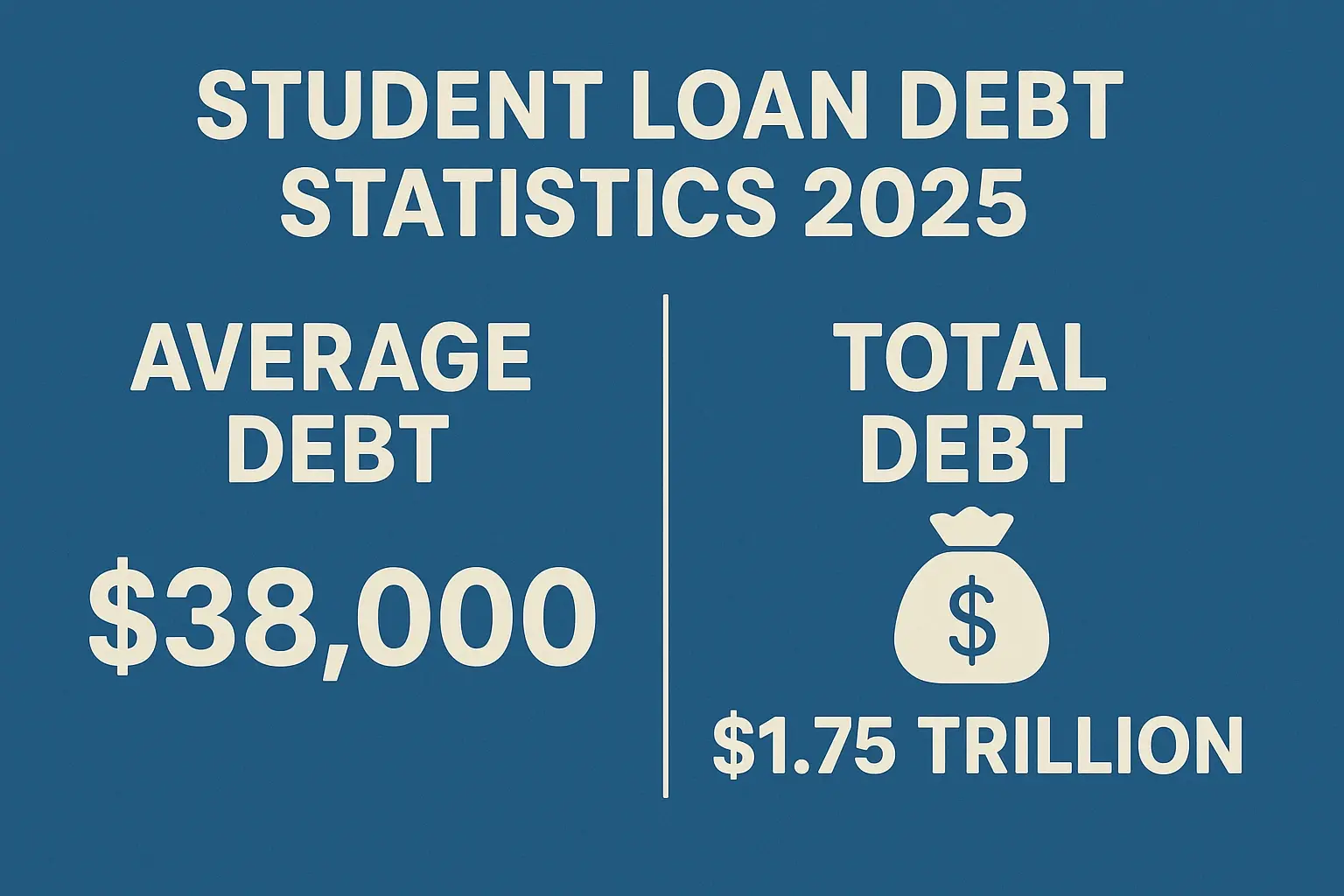-
Posted on: 25 Jul 2024

-
Your credit report is a financial snapshot that lenders use to assess your creditworthiness. It contains information about your credit history, including open and closed accounts. Sometimes, even closed accounts can negatively impact your credit score, especially if they contain inaccuracies or were not reported correctly. This is where a 609 letter comes in handy. But what exactly is a 609 letter, and how can it help you remove closed accounts from your credit report?
Understanding Credit Reports and Closed Accounts
Before diving into the specifics of a 609 letter, it's crucial to understand the basics of credit reports and how closed accounts are handled.
What is a Credit Report?
A credit report is a detailed record of your credit history, maintained by credit reporting agencies (also known as credit bureaus). The three major credit bureaus in the United States are:
- Equifax
- Experian
- TransUnion
These reports include information such as:
- Personal information (name, address, Social Security number)
- Credit accounts (credit cards, loans, mortgages)
- Payment history
- Credit inquiries
- Public records (bankruptcies, liens, judgments)
How Closed Accounts Affect Your Credit Score
Closed accounts can remain on your credit report for up to 7-10 years, depending on the type of account and its status. Generally, accounts closed in good standing (i.e., paid as agreed) can positively impact your credit score by demonstrating responsible credit management over time. However, accounts closed with negative information, such as late payments or defaults, can significantly harm your score. Even seemingly neutral closed accounts, if inaccurate or outdated, can affect your creditworthiness.
Specifically, negative information can stay on your credit report for the following periods:
- Late payments: 7 years
- Collections accounts: 7 years
- Charge-offs: 7 years
- Bankruptcies: 7-10 years, depending on the type
What is a 609 Letter?
A 609 letter is a formal request you send to credit bureaus to investigate potentially inaccurate, incomplete, or unverifiable information on your credit report. The name "609 letter" comes from Section 609 of the Fair Credit Reporting Act (FCRA), which outlines your rights to request information about the sources and verification of information on your credit report.
The FCRA grants consumers the right to:
- Access their credit reports
- Dispute inaccurate or incomplete information
- Have credit bureaus investigate disputed items
- Request the sources of information reported
Essentially, a 609 letter leverages these rights by requiring the credit bureaus to verify the accuracy and completeness of the information they hold about you. If they cannot verify the information, they are legally obligated to remove it from your credit report.
The Legal Basis: Section 609 of the FCRA
Section 609 of the FCRA is the core foundation for using a 609 letter. It states that consumers have the right to request information about the sources of items on their credit report. When you send a 609 letter, you are not necessarily claiming the information is inaccurate; rather, you are asking the credit bureau to prove its accuracy and validity. This puts the onus on them to verify the information with the original creditor or data furnisher.
The relevant portion of the FCRA states:
"(a) In general. Subject to subsection (f), every consumer reporting agency shall, upon request, and subject to subsection (b), clearly and accurately disclose to the consumer: (1) All information in the consumer's file at the time of the request; (2) The sources of the information;..."
When to Use a 609 Letter to Remove Closed Accounts
While a 609 letter can be a powerful tool for credit repair, it's not a magic bullet. It's most effective in specific situations involving closed accounts:
- Inaccurate Information: If the closed account contains incorrect information, such as the date it was closed, the balance at the time of closure, or the reason for closure.
- Unverifiable Information: If the credit bureau cannot verify the account's information with the original creditor or data furnisher. This can happen if the creditor no longer exists or doesn't have complete records.
- Obsolete Information: While closed accounts can stay on your report for a certain period, they should be removed after that period expires (typically 7-10 years). A 609 letter can expedite the removal of accounts that should no longer be on your report.
- Not Your Account: If the closed account mistakenly appears on your credit report due to identity theft or a mix-up of information.
Situations Where a 609 Letter May Not Be Effective
It's important to understand that a 609 letter is not a guaranteed way to remove legitimate and accurate negative information. For example, if you genuinely defaulted on a loan, and the creditor accurately reported the default, a 609 letter is unlikely to succeed. Other methods, such as negotiating a pay-for-delete agreement (which is becoming less common) or waiting for the negative information to expire, may be more appropriate in such cases.
How to Write an Effective 609 Letter for Closed Accounts
Writing a clear, concise, and professional 609 letter is crucial for maximizing its effectiveness. Here's a step-by-step guide:
- Gather Your Credit Reports: Obtain a copy of your credit report from each of the three major credit bureaus (Equifax, Experian, and TransUnion). You can get a free copy of your credit report annually from AnnualCreditReport.com.
- Identify Inaccuracies: Carefully review each credit report and identify the closed accounts that contain inaccurate, incomplete, or unverifiable information.
- Draft Your Letter: Use the following template as a guide, customizing it with your specific information:
Sample 609 Letter Template
[Your Name]
[Your Address]
[Your Phone Number]
[Your Email Address]
[Date]
[Credit Bureau Name]
[Credit Bureau Address]
Subject: Request for Investigation and Verification of Information Under FCRA Section 609Dear [Credit Bureau Name],
I am writing to request an investigation and verification of the following information listed on my credit report, which I believe to be inaccurate, incomplete, or unverifiable. I am exercising my rights under Section 609 of the Fair Credit Reporting Act (FCRA).
Specifically, I am disputing the following closed account(s):
-
Account Name: [Name of Creditor]
Account Number: [Account Number]
Reason for Dispute: [Explain why you are disputing the account. Be specific. For example: "The account reports an incorrect closure date," or "I am requesting verification of the original contract as I do not recognize this debt," or "The reported balance at closure is inaccurate."] -
Account Name: [Name of Creditor]
Account Number: [Account Number]
Reason for Dispute: [Explain why you are disputing the account. Be specific.]
[Add more accounts as needed]
I am requesting that you investigate these accounts thoroughly and provide me with documentation proving the accuracy and completeness of the information reported. If you cannot verify this information, I request that you immediately remove it from my credit report.
Please send the results of your investigation to the address listed above within 30 days, as required by the FCRA.
Thank you for your prompt attention to this matter.
Sincerely,
[Your Signature]
[Your Typed Name]Important Tips for Writing Your 609 Letter
- Be Specific: Clearly identify the inaccurate or unverifiable information you are disputing. Provide specific details, such as the account name, account number, and the exact error you are disputing.
- Be Concise: Keep your letter brief and to the point. Avoid emotional language or unnecessary details.
- Be Professional: Maintain a professional and respectful tone throughout your letter.
- Send Separately: Send a separate letter to each credit bureau. Do not send a single letter to all three.
- Keep Records: Keep copies of all letters you send to the credit bureaus, as well as any responses you receive.
- Send Certified Mail: Send your letter via certified mail with return receipt requested. This provides proof that the credit bureau received your letter.
What Happens After You Send a 609 Letter?
Once you send a 609 letter, the credit bureau has 30 days to investigate your dispute. During this time, they will contact the creditor or data furnisher to verify the information you are disputing.
The credit bureau may take the following actions:
- Verify the information: If the creditor or data furnisher confirms the accuracy of the information, the credit bureau will notify you that the information has been verified and will remain on your credit report.
- Modify the information: If the creditor or data furnisher finds that the information is partially inaccurate, they may modify the information on your credit report.
- Remove the information: If the credit bureau cannot verify the information within 30 days, they are legally obligated to remove it from your credit report.
The credit bureau will send you a written response with the results of their investigation. If the information has been removed or modified, they will provide you with an updated copy of your credit report.
Following Up on Your Dispute
If you do not receive a response from the credit bureau within 30 days, or if you are not satisfied with the results of their investigation, you have the right to file a complaint with the Consumer Financial Protection Bureau (CFPB) or the Federal Trade Commission (FTC).
You can also send a follow-up letter to the credit bureau reiterating your dispute and requesting further investigation. In this letter, you may want to provide additional documentation or evidence to support your claim.
Alternative Credit Repair Strategies
While a 609 letter is a useful tool, it's not the only option for repairing your credit. Other strategies include:
- Debt Validation: Requesting that the debt collector validate the debt, proving they have the legal right to collect it.
- Pay-for-Delete: Negotiating with the creditor to remove the negative information from your credit report in exchange for paying the debt. (Note: This is becoming less common and is not always successful.)
- Goodwill Letters: Writing a letter to the creditor explaining the circumstances that led to the negative information and asking them to remove it as a gesture of goodwill.
- Credit Counseling: Working with a non-profit credit counseling agency to develop a debt management plan and improve your financial habits.
- Time: Negative information will eventually expire from your credit report. While waiting for this to happen can be frustrating, it's often the most effective solution for older debts.




